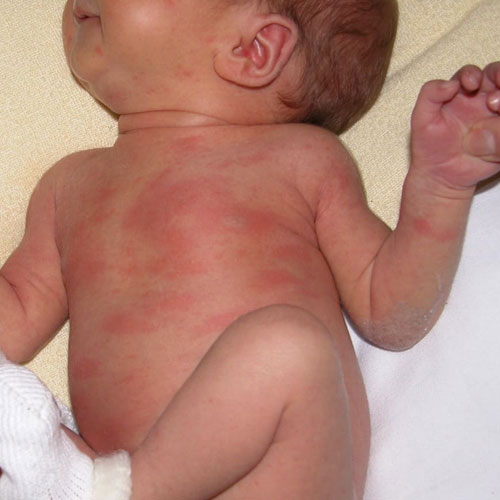Pediatric Allergy
- Home
- Services
- Pediatric Allergy
Allergic reactions are physiological reactions brought on whilst the immune system reacts to a particular foreign substance (allergen) which is inhaled, touched or eaten by means of a person. Typically, the human body defends itself against dangerous substances, including viruses or bacteria, but the defenses violently can attack typically innocuous materials.
Though loads of ordinary substances ought to cause allergies, the most common triggers, known as allergens, consist of the following:
- Weed pollens
- Grass & tree
- Rubber latex
- Dust mites
- Molds
- Animal protein
- Medicines
- Foods
- Feathers
- Cockroach droppings
- Insect stings
To an entire medical history and physical examination, your toddler’s doctor may additionally use the following:

Skin test:
The skin test is a technique to measure the child’s level of IgE antibodies to specific allergens. With the help of diluted solutions of specific allergens, an allergist pricks the skin surface with the solutions above the plastic prongs. A response to the skin test does not mean the child is having allergy to the allergen that induced the reaction. Skin tests provide faster outcomes, normally taking 15 minutes, and are extra specific than blood exams.
Blood test:
The blood test measures the child’s level of IgE antibodies to unique allergens. One of the common blood testsis known as RAST (radioallergosorbent test).
Drug or Food challenge:
Food or drug challenge is performed to confirm whether or not child is definitely allergic to a food or medicinal drug. This may be performed for a food such as peanuts or a medication like penicillin. The test entails giving a small amount of the substance to the affected person and increasing it gradually, nursing the child’s critical signs and symptoms and checking for signs or reactions.
Patch testing:
Patch testing checks out for an allergy to something for which a prick test isn’t present. This involves taping a patch that contains a very small amount of an allergen to a affected child’s back. The patches are taken out after 2 days and a physician examines for reaction.
Treatment
Treatment for allergy is determined by the pediatric doctor based on the following:
- Child’s Age and Overall health
- Medical history
- Scope of the disorder
- Child’s tolerance towards medication, therapies and surgeries
- Parent’s opinion or preference
Cashless Facilities Available For Insurancecard Holders
